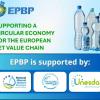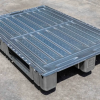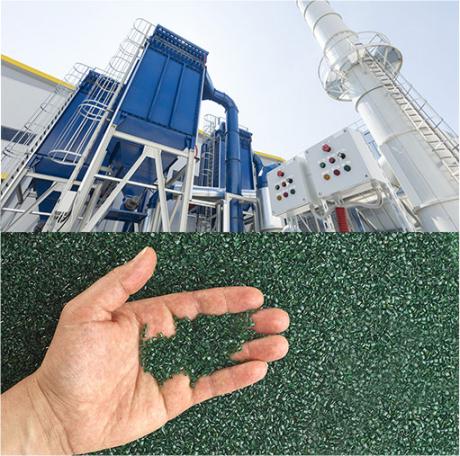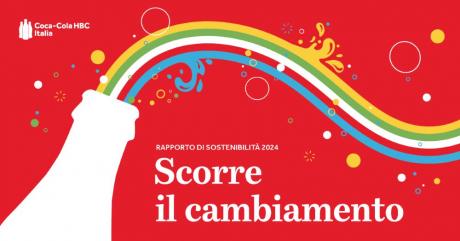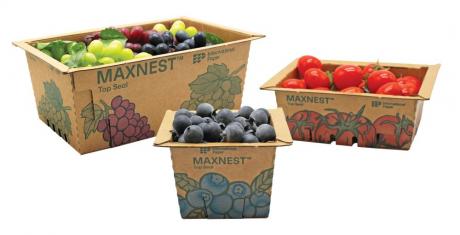Increases in energy and paper costs and difficulties in finding raw materials affect the printing and paper converting industry. Assografici denounces minimum margins and possible production stops.
Red alert from Assografici (Italian National Association of Graphic Printing and Paper Converting Industries), which underlines the critical situation of the sector in our country, in line with the international panorama (monitored by Intergraf, the European association of the printing industry). At risk is the production of books, newspapers and packaging.
Editorial and commercial printing
A sector already characterized by a structural crisis but able to give signs of settling and holding (-2.4% production in 2018 and +1% in 2019), it was strongly affected by the pandemic (-21.3% in 2020) but was slowly recovering (+7.9% in the first 9 months of 2021). A recovery now at risk due to the international economic situation and the well-known increases in energy and raw material prices. In particular, printing processes using rotary presses (which are highly energy-intensive) are no longer sustainable and are at great risk of being stopped, while increases in paper prices, which are difficult to transfer downstream (to publishers and large-scale distributors), are eroding all margins on the business. To further aggravate this scenario, the very scarce availability of raw materials, in particular of paper for graphic use, mainly sourced abroad from the few remaining suppliers, impedes production planning, jeopardizes the respect of contractual commitments and hinders any path to recovery.
Papermaking and the production of paper, cardboard and flexible packaging
The situation is no better. Fortunately for Italy, these sectors are growing (think of corrugated cardboard and the development of e-commerce) and are accompanying the economic recovery (+12.7% production in the first 9 months of 2021) and the country’s green transition, also thanks to the specific features and qualities of our packaging (the natural and controlled source of paper, its biodegradability and recyclability; the lightness and the role of flexible packaging in food preservation). In these sectors too, however, in addition to the difficulties in passing on increases in energy and raw material costs downstream, with an inevitable heavy effect on business margins, there is also the difficulty in finding paper and other raw materials. There are several corrugators that have already stopped or slowed down their activity due to lack of paper for the production of corrugated cardboard, label manufacturers that have stopped due to lack of self-adhesive supports, producers of folding cartons and packaging that have to give up or postpone orders. What is at stake is not only the fate of over 3 thousand companies and 60 thousand employees, or of a sector that is worth 7.7 billion euros and has a trade balance surplus of 1.9 billion euros, but also the possibility of moving goods and their availability on the shelves of supermarkets, pharmacies and stores in general.
A market to be rebalanced
In Italy, also thanks to the Paper and Graphics Federation, the supply chain relations (with paper mills, as well as with publishing associations) are excellent and help to monitor the situation. Assografici, however, in the light of the criticalities reported, raises the alarm and supports the need for urgent government intervention aimed at containing energy price rises and their effects on paper prices as well as rebalancing the market for this precious raw material.


